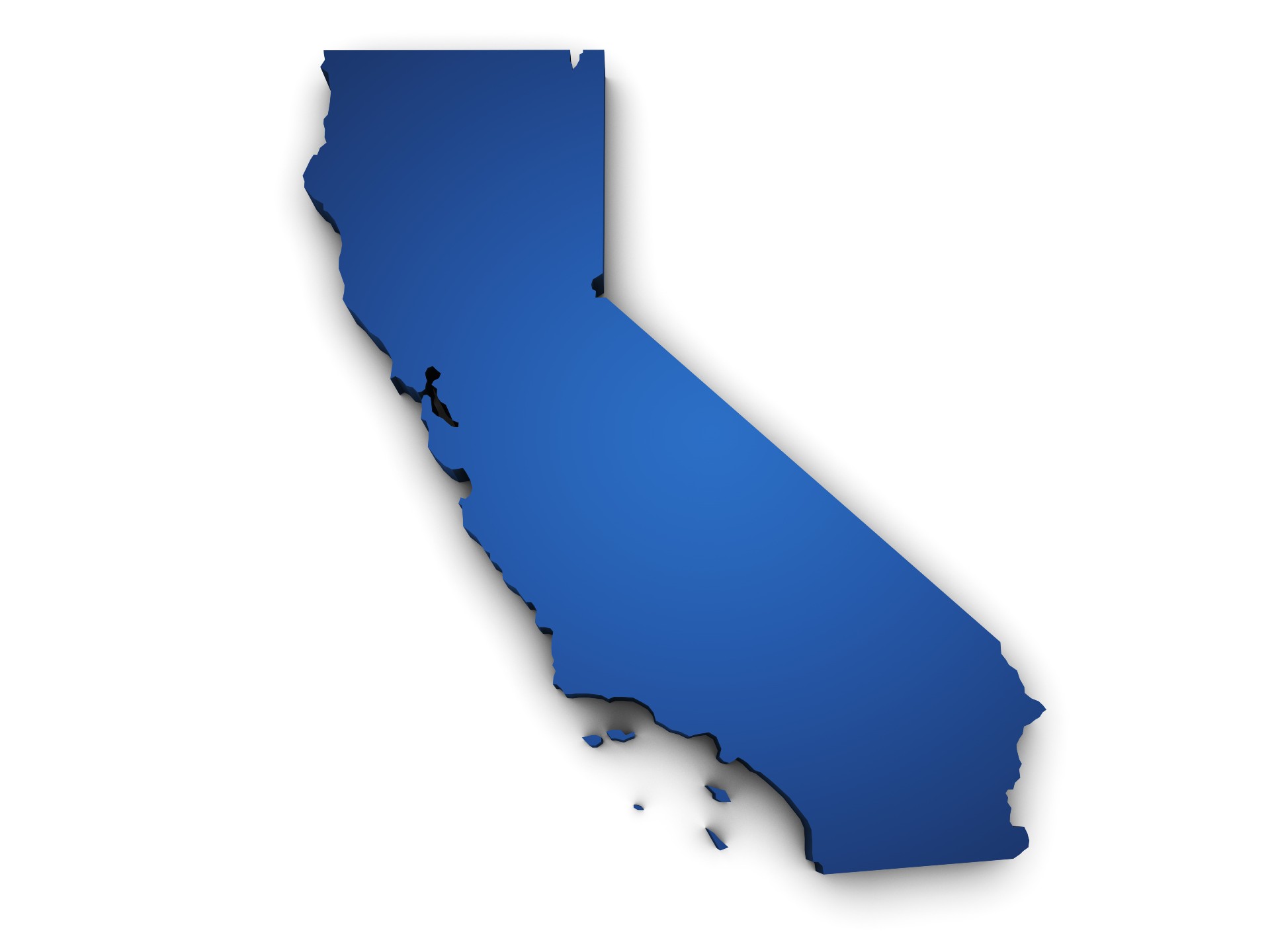Among its budget-reduction measures, the Trump administration has made cuts to the CDC and CPSC teams that had handled water safety and drowning prevention on the federal level. The water-safety/drowning-prevention community is waiting to see how those cuts will affect their efforts.
Safety advocates especially worry about the impact the changes will have on entrapment safety, grants and gathering of data.
Recently, the Centers for Disease Control and Prevention’s Injury Prevention team was eliminated. Among its duties in the drowning-prevention arena, this group oversaw collection of data across the country in an effort to fill a much-felt information gap. The staffer who oversaw the drowning-prevention program is no longer with the agency. However she now holds a position with the CDC Foundation, an independent nonprofit meant to support the CDC. So it is hoped her work will continue in some form.
The safety community is still trying to learn what is happening at the Consumer Product Safety Commission, which implements and enforces the Virginia Graeme Baker Pool and Spa Safety Act, and runs the Pool Safely program.
At press time, it is known that the three Democratic commissioners were let go, leaving the two Republican commissioners. The staffer who has overseen drowning-data collection is departing the agency, though it isn’t known whether that comes at the direction of the administration or if he resigned or retired. Advocates are trying to find out if the CPSC staffer handling the Pool Safely program will remain.
While advocates believe the Pool Safely grants have been put on hold, this has yet to be confirmed, said Megan Ferraro, executive director of the ZAC Foundation, and chair of both the U.S. National Water Safety Action Plan, and the California Water Safety Coalition.
CPSC has published its annual report on drowning rates in pools and hot tubs among children for 2025, Ferraro said.
Ferraro holds out hope that CPSC will continue its work, as the remaining commissioners have shown support in the past through work on the VGB Act when it was a bill. Additionally, she believes current officials will see the value and apolitical nature of water safety and drowning prevention.
“We know drownings reach every population in our country,” she said. “… We believe the current administration will prioritize water safety and drowning prevention because they understand how critical it is to provide these resources to Americans.”
Also of concern to water-safety organizations: Whether the CPSC will continue to hold its satellite media tour each year, where families of children who drowned speak to the press across the country to promote drowning-prevention measures, Ferraro added.
As the community waits to see if any other cuts are made at CPSC and how specific programs will be affected, Alan Korn, executive director of Abbey’s Hope, suggests that concerned parties contact their representatives and explain not only the importance of drowning prevention but of the agencies’ work in general.
“CPSC is exactly consistent with the DOGE philosophy, that we want to make government more efficient,” he says, referring to the newly formed Department of Government Efficiency. “[CPSC] is a small agency that does so much good with so little funding.” He made these comments on a Facebook program called “The Water Safety Odd Couple.”
This comes at a time when water-safety advocacy and education have been making significant progress with, among other things, the creation of the U.S. National Water Safety Action Plan and similar plans by individual states, as well as various efforts to step up data collection. While some may find frustration in this timing, Ferraro said the progress has better positioned the community to continue its work despite the cutbacks.
“I’m incredibly grateful that our community is as organized as it is at this time,” she said. “With the U.S. National Water Safety Action Plan, members in the field now have tools and resources available to meaningfully provide water safety and drowning prevention programs and messages to communities across the United States.
“Having said that, it is our most sincere hope that drowning prevention data continue to be collected, analyzed, synthesized and made available for our continued learning. Doing so will enable us to pivot when necessary and adjust our approaches according to shifts in when, where and how Americans drown.”
Korn said water-safety organizations and industry associations should be prepared to do what they can to fill gaps in service. “It is up to us to fill the void,” he said on the Facebook show. “Can we police the marketplace … or close a dangerous pool? No, but at least let’s fill in part of the void that’s going to be left.”



